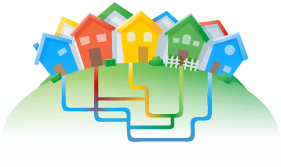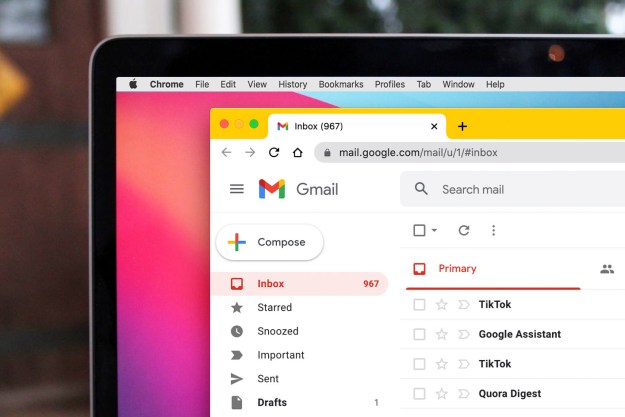 A few months ago, Google announced that it was beginning to test its new fiber Internet service in a Stanford neighborhood. It also claimed that the lucky locations for additional high-speed Internet testing would be picked by year’s end. Turns out Google’s going to just miss that deadline.
A few months ago, Google announced that it was beginning to test its new fiber Internet service in a Stanford neighborhood. It also claimed that the lucky locations for additional high-speed Internet testing would be picked by year’s end. Turns out Google’s going to just miss that deadline.
Today, Google offer an update on its fiber project. First of all, it’s got a new leader: Milo Medin is now the VP of Access Services and will be overseeing the progress of the ultra high-speed broadband. And while he assures us via a blog post that everything is moving along according to plan, adding new communities to the beta testing is going to be delayed.
Medin reports that the level of interest from hopeful locations was far beyond what Google expected, and that choosing where to implement the project next is taking longer than expected. Over 1,000 communities applied, and they’re going to have to wait a little bit longer to find out the results. Medin also notes that this doesn’t mean the contest is open for new entries, and that the team “simply need[s] more time to decide.” An announcement of some sort should be just around the corner in early 2011.
Medin’s LinkedIn shows that he has some considerable experience in the broadband industry. He was formally the Chairman and CTO of M2Z Networks, a wireless broadband Internet provider and is a member of the California Broadband Task Force, which advises policymakers on the state’s telecommunications progress.
Editors' Recommendations
- How to fix the ‘Google Drive refused to connect’ message
- The 6 best internet speed tests for desktop and mobile in 2024
- Watch out: Google Drive may have lost months of data
- You don’t have to use Bing – Google Search has AI now, too
- Check your inbox — Google may have invited you to use Bard, its ChatGPT rival


